Too Hot to Trot
Too Hot for Spot Tuesday: Tips for Safely Running with your Dog in the Summer
Exercising with your dog can be fun, but it’s important to adjust your running schedule in the summer to accommodate your pup. Running in the summer heat with your dog can be dangerous. We, humans, sweat in the summer, while our dog only has the ability to cool down with the pads of his feet and through panting. Your canine runner may be in excellent condition but overheating and heatstroke can be fatal for even the fittest canines.
Here are some tips to help keep your pup safe while you train:
 Adjust your running schedule to the early morning or late evening to avoid the hottest parts of the day.
Adjust your running schedule to the early morning or late evening to avoid the hottest parts of the day.
- Check the weather: It’s no fun to exercise on a 95-degree day with 80 percent humidity — for either one of you. Check the weather the night before and be flexible with your workout time, choosing cooler times of the day to get your run in. Your dog may be really sad and whine when you shut the door, but if it’s way too hot, it’s best to leave him at home where it’s cool.
- Know your breed’s special health concerns: Short-muzzled breeds, like Bulldogs can overheat quickly.
- Watch for signs of dehydration: Bring along a water bottle and a collapsible bowl, periodically giving your dog water breaks
- Consider the surface: Asphalt and concrete can be too hot for furry feet, and rocks and gravel may cause cuts, so stick to dirt roads or sandy trails. After the run, check your dog’s pads for cracking or other injuries.
Remember, your dog can’t tell you when he’s tired, or thirsty. Keep a watchful eye on your dog, and notice whether he’s struggling to keep up, panting excessively, or limping. Take breaks throughout your workout to give him a chance to catch his breath, rest his muscles, and grab a few laps of water.
For more summer pet safety tips visit arlboston.org/summer-safety
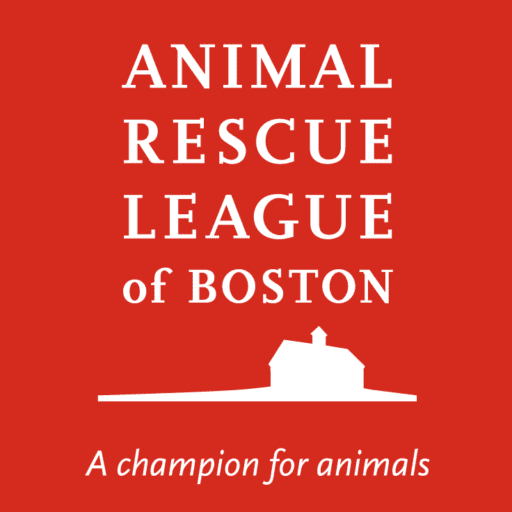

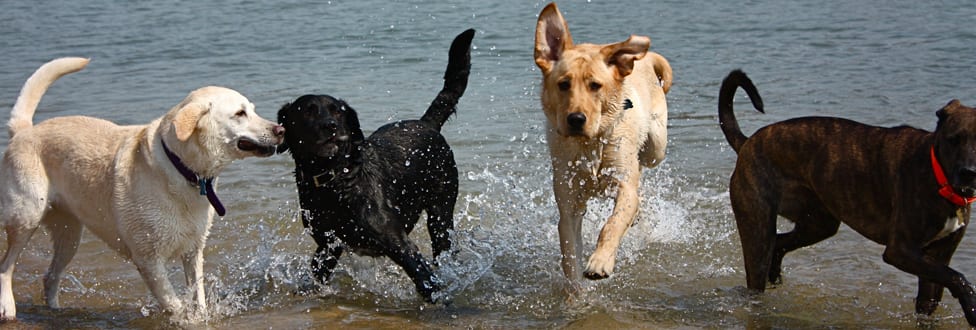




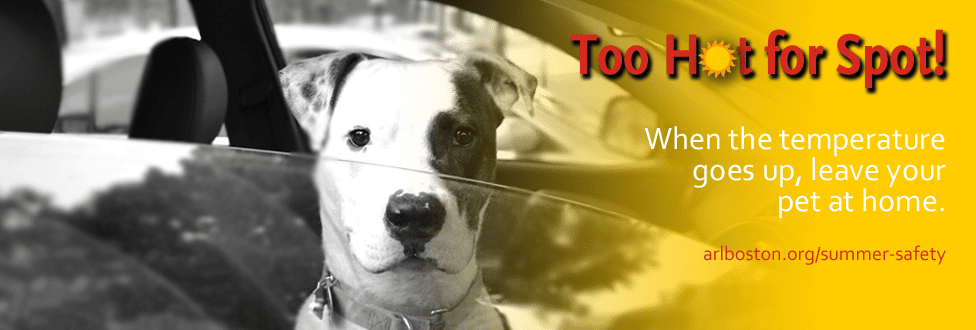
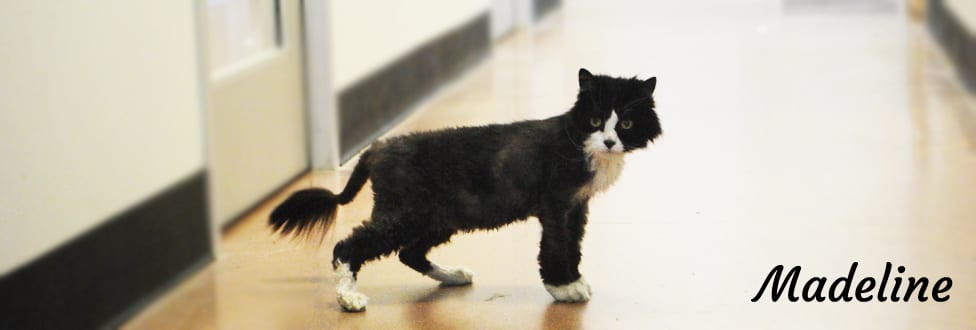







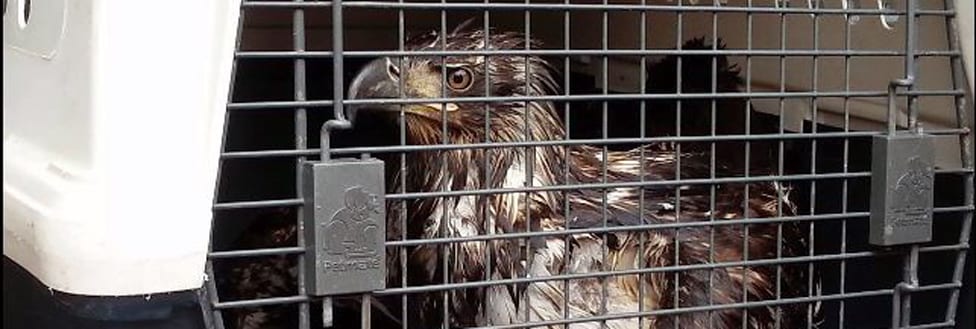
 On May 1, 2014, the Animal Rescue League of Boston (ARL) received a call from Tyngsborough animal control in regards to an injured juvenile bald eagle.
On May 1, 2014, the Animal Rescue League of Boston (ARL) received a call from Tyngsborough animal control in regards to an injured juvenile bald eagle.